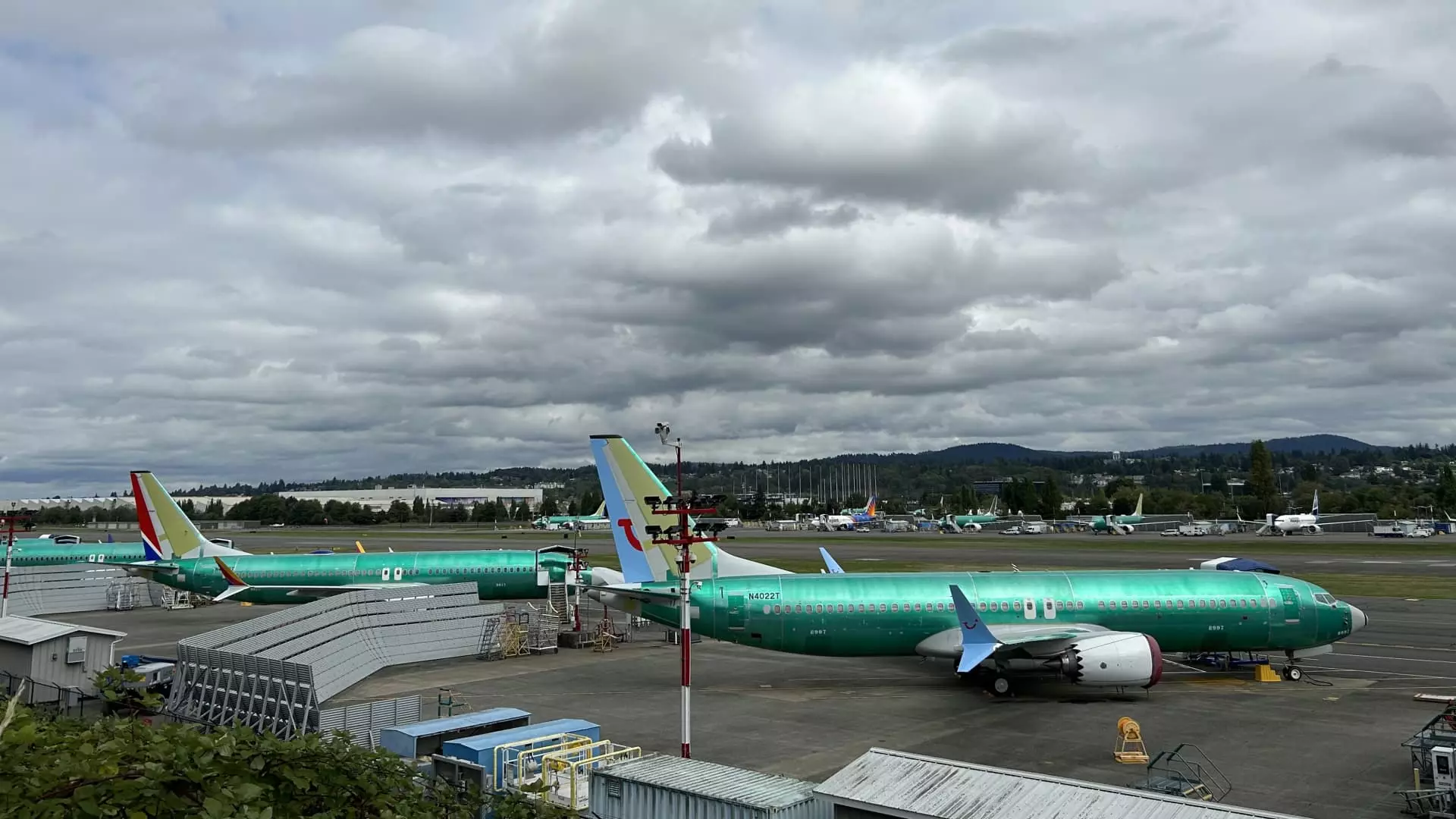In 2024, Boeing’s struggles in the commercial aviation sector became starkly evident, with the company managing to deliver only 348 airplanes—a significant drop of approximately one-third compared to the previous year. This dramatic decrease can be traced back to several contributing factors, most notably the midair door panel blowout incident that rattled confidence among stakeholders and the fall season machinist strike that disrupted production schedules. These challenges not only affected delivery timelines but also further widened the gap between Boeing and its chief competitor, Airbus, which successfully delivered 766 aircraft, marking its most fruitful year since 2019.
Boeing’s difficulties stand in stark contrast to Airbus’s performance, reinforcing the competitive dynamics in the aerospace sector. While both manufacturers have robust backlogs, they grapple with persistent supply chain issues that have hampered their production capabilities. The shrinking delivery numbers have significant implications, as they reflect not only on the immediate financial viability of Boeing but also on its long-term market positioning. Deliveries represent pivotal moments for aircraft manufacturers; they are the junctures when the majority of payment is received, crucial for liquidity in an industry marked by staggering development costs.
Despite the adversities faced earlier in the year, Boeing resumed deliveries in December, handing over 30 airplanes as production of its 737 Max model recommenced following the resolution of the machinist strike. This resumption signals a crucial step towards stabilization, although the road ahead remains steep with external factors complicating recovery efforts. The aviation data analytics firm IBA highlights that a shortage of aircraft generated by supplier challenges has triggered an escalation in lease rates, anticipating record levels for the upcoming year. Thus, the pressures from escalating costs may impact financing dynamics across the industry, altering how airlines manage their operating models.
On a more promising note, Boeing achieved 142 gross orders in December alone, which included significant purchases from Pegasus Airlines and flydubai. These orders signal a resilient demand for Boeing’s aircraft, despite the backdrop of earlier setbacks. Total gross orders reached 569 for the year, reflecting the ongoing interest in their products, albeit dampened by accounting adjustments resulting in net orders being reported at 377. In comparison, Airbus outperformed exceptionally, reporting 878 gross orders for the same period.
The forthcoming investor calls on January 28, where Boeing CEO Kelly Ortberg and other executives will address stakeholders, will be critical in outlining the roadmap for recovery. These discussions will likely focus on commitments to ramp up production swiftly and strategies for restoring the company’s profitability. Aircraft manufacturing, notoriously complex and capital-intensive, remains contingent on executing operational improvements amidst ongoing external pressures. By addressing supply chain challenges and leveraging newfound order momentum, Boeing aims to reclaim its standing in an increasingly competitive aerospace arena.

